Introduction
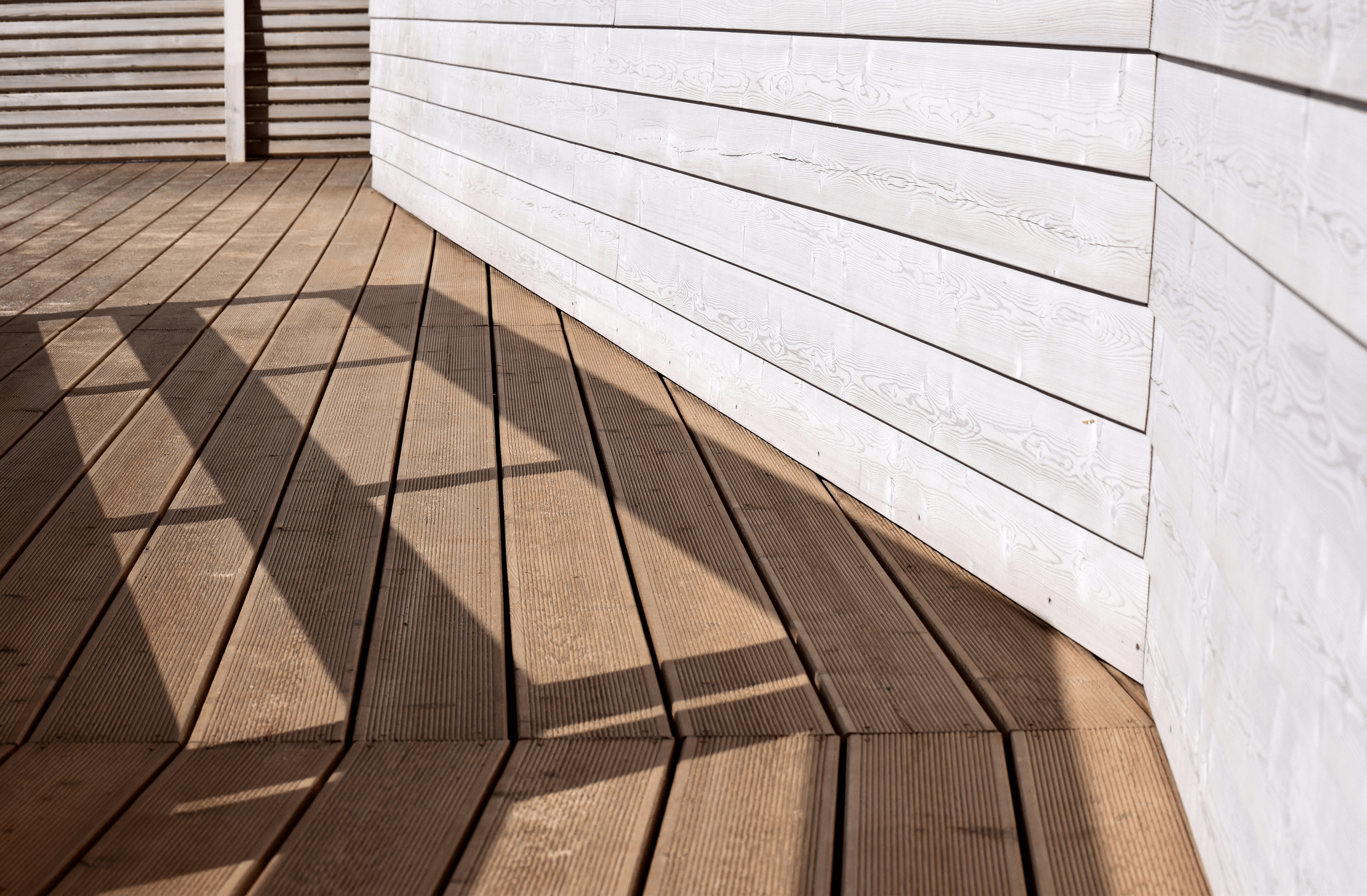
Decking is more than just a surface to walk on; it’s a crucial element that can dramatically influence the aesthetics and functionality of your outdoor space. When considering your choices, the debate between 90mm vs 140mm decking often arises, prompting homeowners to weigh the visual and practical implications of each option. Whether you lean towards composite decking boards or treated wood for a deck, understanding how these decisions impact your garden's overall look is essential.
Understanding Decking Width Impact
The width of your decking boards plays a significant role in determining the visual balance and atmosphere of your garden. Wider boards, like the 140mm decking, can create an expansive feel, making them ideal for larger spaces where you want to evoke a sense of openness. Conversely, opting for narrower 90mm decking may lend itself better to intimate settings, allowing for intricate designs and patterns that can enhance smaller gardens.
Choosing Between 90mm vs 140mm Decking
When faced with the choice between 90mm vs 140mm decking, it's essential to consider not just aesthetics but also functionality and maintenance requirements. Composite decking offers durability and low upkeep while providing various widths to suit different styles; however, treated wood for a deck can bring warmth and natural beauty that some homeowners prefer. Ultimately, your decision should align with both your design vision and practical needs—whether you desire sleek lines or rustic charm.
The Role of Decking in Garden Aesthetics
Decking serves as the foundation upon which garden aesthetics are built; it sets the tone for outdoor gatherings and creates pathways through lush greenery. By selecting the right width—be it wider composite decking boards or narrower options—you can significantly influence how spaces feel and flow together in harmony with nature. The interplay between different materials like composite decking wood and treated wood further enriches this aesthetic journey, ensuring that every corner of your garden tells its own story.
Decking Width: A Design Perspective
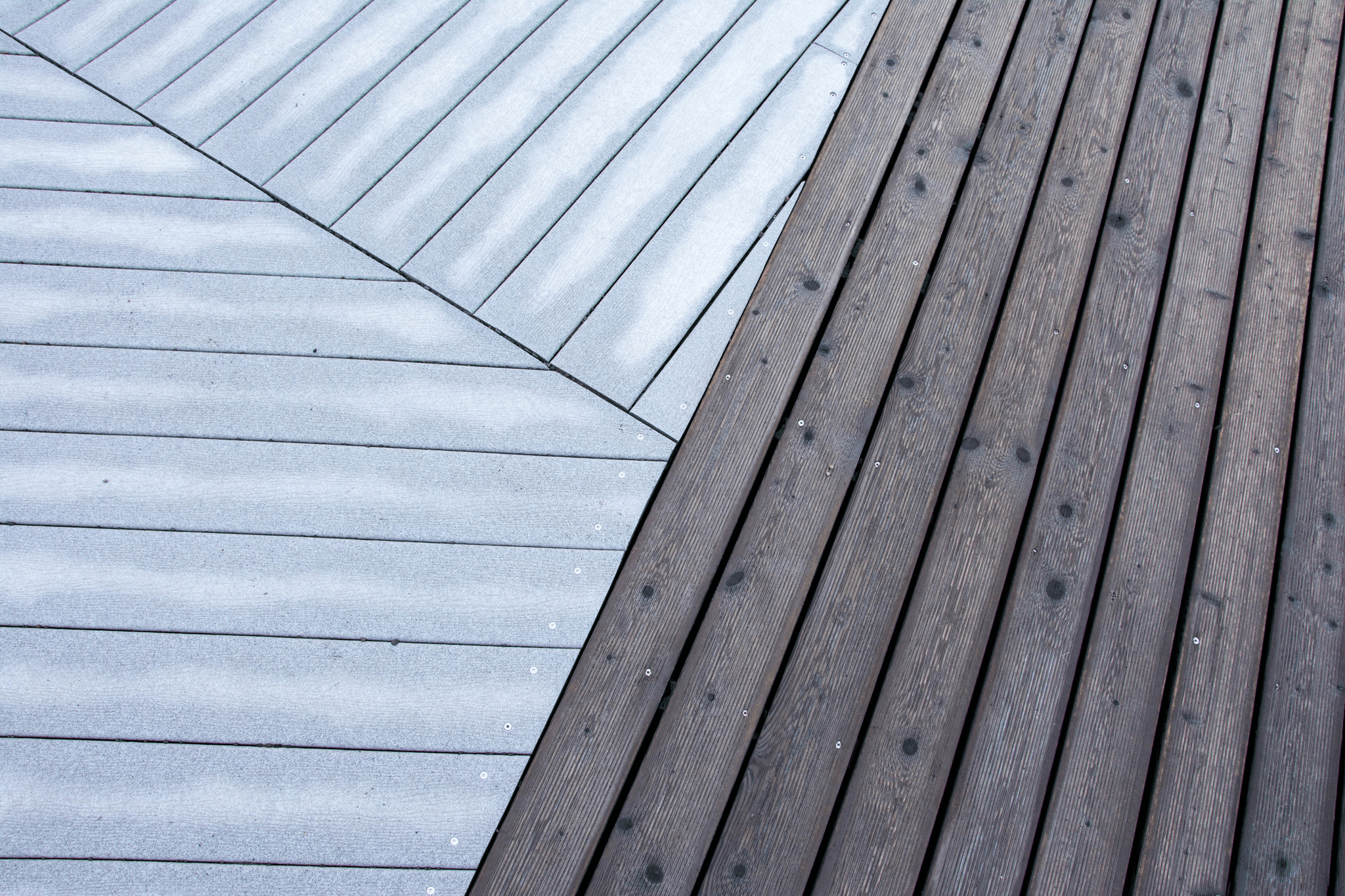
How Width Influences Visual Balance
The width of decking boards directly impacts the perception of space within your garden. Wider boards, like the 140mm decking, can create a sense of grandeur and openness, making larger areas feel even more spacious. On the flip side, opting for narrower boards such as 90mm decking can lend a more intimate feel to smaller spaces, allowing for intricate patterns that add depth and texture.
In design terms, visual balance is about harmony and proportion; using wider composite decking boards can draw attention to specific areas or features in your garden while maintaining an airy feel. Conversely, narrow treated wood for a deck may enhance pathways or seating areas by encouraging movement through tighter layouts. Ultimately, your choice should reflect both functional needs and aesthetic desires.
The Importance of Proportion in Design
Proportion is one of the cornerstones of effective design; it dictates how elements relate to one another within a space. When considering composite decking options like 90mm vs 140mm decking, it's vital to think about how these widths will interact with existing structures such as fences or garden beds. A well-proportioned deck not only looks appealing but also enhances usability by ensuring that seating areas and walkways are comfortably navigable.
Incorporating wider boards into larger gardens creates an inviting atmosphere where guests can mingle freely without feeling cramped. In contrast, narrow decking wood might be more suitable for compact outdoor spaces where every inch counts—allowing you to maximize functionality while maintaining style. Striking the right balance ensures that your garden feels cohesive rather than cluttered.
Case Studies of Wide vs. Narrow Decking
To illustrate the impact that width can have on design choices, let’s explore some case studies involving both wide and narrow decking options. In one instance, homeowners opted for 140mm composite decking around their pool area; this decision not only provided ample space for sun loungers but also created a seamless transition from indoor living spaces to outdoor relaxation zones—perfect for summer gatherings.
Conversely, another project featured 90mm treated wood for a deck in a quaint urban backyard setting filled with lush greenery and vibrant flower beds. The narrower boards complemented the natural surroundings beautifully while offering flexibility in layout—ideal for creating winding paths that guided visitors through blooming flora without overwhelming them visually.
Both examples highlight how selecting between wide versus narrow options shapes not just aesthetics but also functionality within distinct environments—making it clear that understanding these differences is key when designing your dream outdoor space.
Material Considerations in Decking
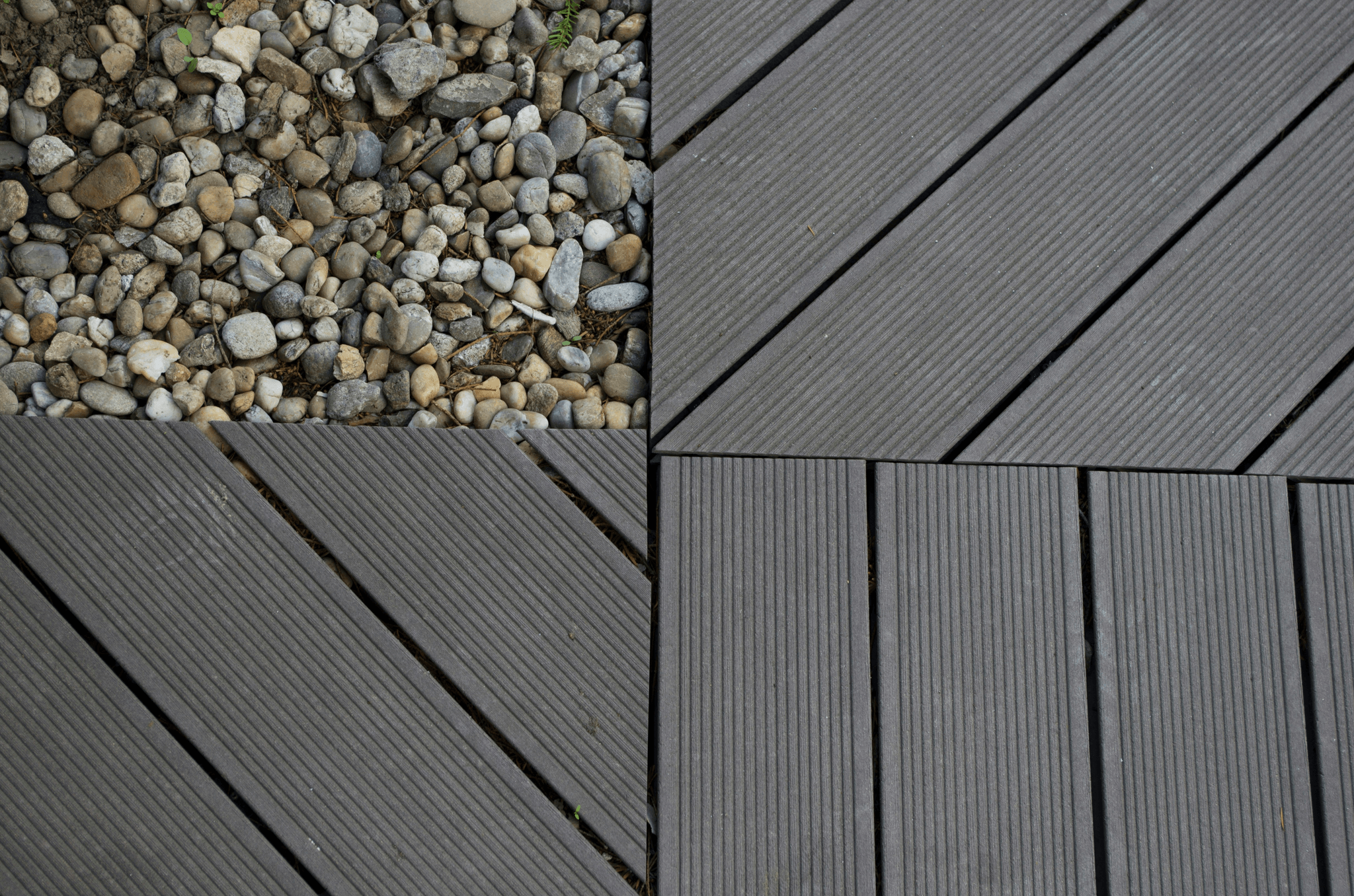
Both options have their merits and drawbacks, but understanding the differences can help you make an informed decision that suits your garden's needs. Whether you opt for 90mm vs 140mm decking, the choice of material will significantly influence not only aesthetics but also functionality and longevity.
Comparing Composite Decking and Treated Wood
Composite decking boards are made from a blend of wood fibers and recycled plastics, creating a product that is both durable and low-maintenance. In contrast, treated wood for a deck is typically pressure-treated lumber designed to resist decay and insect damage but requires regular maintenance to keep it looking its best. While 90mm vs 140mm decking can be found in both materials, composite options tend to offer more color choices and textures than traditional wood.
One of the key differences lies in the lifespan; composite decking boards can last up to 25 years or more with minimal upkeep, while treated wood generally has a shorter lifespan of around 10-15 years depending on environmental factors. Additionally, composite materials do not splinter like wood does, making them safer for families with children or pets who love to run around on the boards deck. Ultimately, your decision may hinge on whether you prioritize low maintenance or prefer the traditional aesthetic of natural wood.
Benefits of Composite Decking Boards
Another significant benefit is sustainability; many composite decking options are made from recycled materials, making them an eco-friendly choice compared to traditional timber sources used in treated wood decks. Plus, with various styles available—including those mimicking natural hardwood—you can achieve that sought-after aesthetic without compromising on durability or environmental impact. So whether you're leaning towards 90mm vs 140mm decking widths or just want something that looks great year-round, composite boards might just be your perfect match.
Durability of Different Decking Materials
When evaluating durability between different types of decking materials, it's essential to consider how they perform under various conditions over time. Composite decking boards typically outperform treated wood when it comes to resisting moisture damage since they do not absorb water like untreated lumber does; this helps prevent warping or rotting—a common issue with wooden decks after several seasons exposed to the elements.
Additionally, while both materials can be susceptible to scratches or dents from heavy furniture or foot traffic, composites often have better resistance due to their dense construction—making them ideal if your deck will see lots of action! For those debating between 90mm vs 140mm decking widths again: wider boards may provide added stability but remember that proper installation plays an equally crucial role in ensuring long-lasting performance regardless of size.
Functional Aspects of Decking
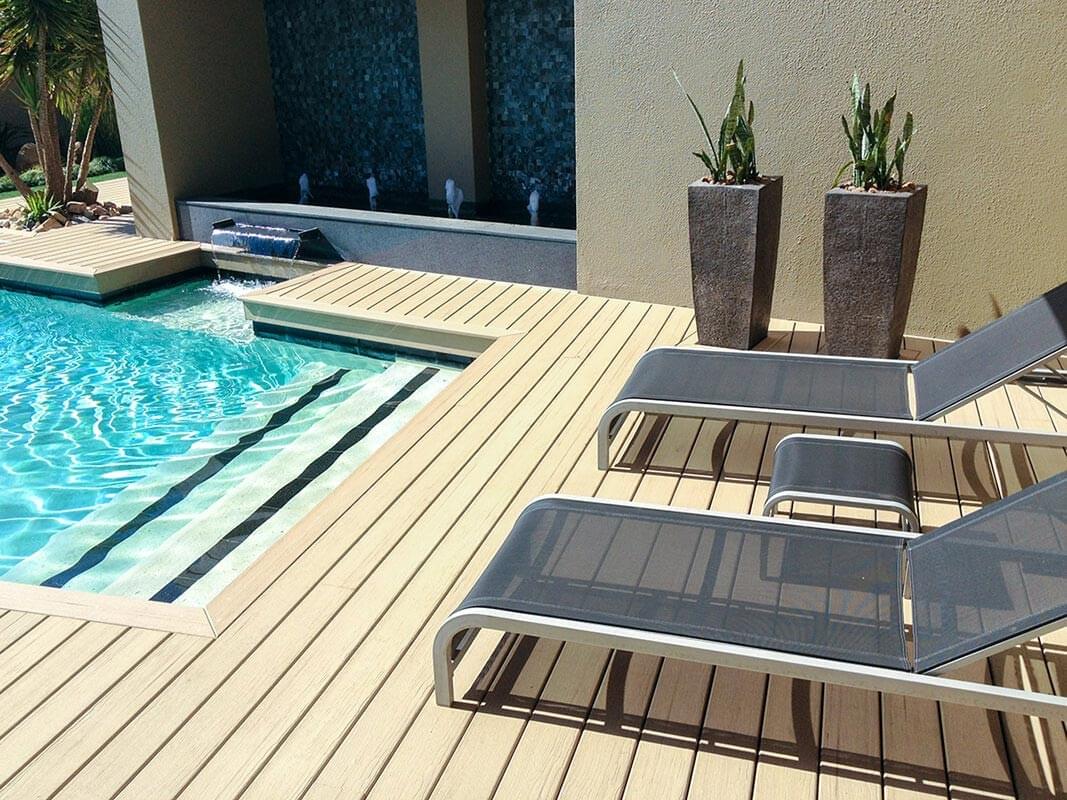
When it comes to decking, functionality is just as critical as aesthetics. The choice between 90mm vs 140mm decking can significantly influence how the space is utilized. Whether you’re looking to create a serene retreat or a lively gathering spot, understanding how decking boards interact with your garden layout can make all the difference.
Creating Flow with Boards Deck Layout
The layout of your decking boards plays a pivotal role in establishing flow throughout your outdoor space. For instance, wider boards, such as 140mm decking, can create a seamless and expansive look that guides the eye across the garden. On the other hand, opting for narrower 90mm boards can offer a more intricate pattern that adds texture and interest while still maintaining visual harmony.
Moreover, using composite decking boards allows for greater design flexibility due to their variety of colors and textures. This versatility can help you achieve a cohesive flow from your home to your garden while ensuring durability against weather elements. When planning your layout, consider how each board interacts not only with adjacent materials but also with existing landscaping features to enhance overall coherence.
Multi-Functional Spaces with Wider Decking
Wider decking options like 140mm decking are perfect for creating multi-functional spaces that cater to various activities. Imagine hosting summer barbecues or cozy evening gatherings; wider decks provide ample room for furniture arrangements without feeling cramped. This extra width allows you to incorporate seating areas seamlessly into the design while leaving enough space for movement.
Additionally, composite decking offers durability and low maintenance compared to traditional treated wood for a deck; this means less time spent on upkeep and more time enjoying your outdoor oasis! The ability to combine different functions—like dining areas alongside lounging spots—can turn an ordinary garden into an extraordinary multifunctional retreat where memories are made year-round.
Designing for Seating Areas and Pathways
When designing seating areas and pathways within your deck layout, both width choices have unique advantages that cater to different needs. Wider boards (like those in the 140mm range) provide stability and comfort underfoot when placing heavy furniture or creating built-in seating solutions. Conversely, if you're working with limited space or want a more intimate setting, narrow 90mm decking can lend itself well to cozy nooks that invite relaxation.
Pathways are another essential consideration; choosing appropriate widths helps guide foot traffic effectively through your space while complementing existing landscaping elements. Composite decking offers excellent traction in wet conditions—making it an ideal choice for pathways connecting various areas of your garden without sacrificing style or safety! Ultimately, whether you prefer treated wood for a deck or composite options will depend on personal taste and functional requirements in designing these vital spaces.
Garden Size and Decking Choices

Choosing the right decking width can significantly enhance the overall appeal of your garden, especially when considering your available space. Whether you lean towards 90mm vs 140mm decking, understanding how these widths interact with your garden dimensions is crucial. The right choice not only complements the aesthetics but also maximizes functionality in your outdoor area.
Matching Decking Width to Garden Dimensions
When selecting between 90mm vs 140mm decking, it's essential to consider how the width will harmonize with your garden's size and layout. In smaller gardens, narrower boards deck can create an illusion of more space, making the area feel open and inviting. Conversely, wider decking boards can contribute to a more substantial presence in larger gardens, establishing a focal point that draws the eye.
In essence, matching decking wood width to garden dimensions is about balance and proportion. For instance, using composite decking boards in a compact area can enhance flow without overwhelming it. Meanwhile, wider treated wood for a deck might be ideal for expansive spaces where you want to create zones for entertaining or relaxation.
Small Gardens: Benefits of Narrow Decking
Small gardens often benefit from narrow decking options like 90mm boards deck because they help maintain an airy atmosphere while providing visual interest. Narrower composite decking can make pathways appear longer and more inviting while allowing for creative layouts that maximize every inch of available space. This choice encourages movement through the garden rather than having one large solid surface that may feel constricting.
Additionally, narrow composite decking boards allow for intricate designs such as herringbone or diagonal patterns that can add depth without crowding small areas. They're also easier to work with when integrating features like seating nooks or planters into tight spaces—ensuring you retain functionality without sacrificing style. Ultimately, choosing narrower options is about making smart decisions that elevate small outdoor areas into charming retreats.
Expansive Spaces: Opting for Wider Decking
In contrast to small gardens, expansive spaces often call for wider options like 140mm decking to create a sense of grandeur and cohesiveness across large areas. Wider boards not only provide stability but also offer fewer seams in installation—resulting in a cleaner look that enhances luxurious outdoor living experiences. These broader surfaces make it easier to accommodate larger furniture arrangements or multi-functional spaces designed for gatherings.
Moreover, opting for wide treated wood for a deck gives you ample opportunity to showcase unique design elements such as built-in seating or fire pits without overwhelming the landscape’s natural beauty. With wider composite decking boards at play, you can establish defined zones within your yard while still maintaining an open feel—perfect for socializing under the stars or enjoying family barbecues on sunny days! When planning your layout in expansive gardens, remember: wide is not just good; it’s fantastic!
Environmental Impact of Your Choice
The debate between 90mm vs 140mm decking often extends beyond mere visual appeal; it touches on how each option affects our planet. Understanding the sustainability of different materials can help you make an informed decision that aligns with both your style and ecological values.
Sustainability of Composite Decking
Composite decking has gained a reputation for being one of the more sustainable options available today. Made from recycled materials, composite decking boards reduce waste by utilizing plastics and wood fibers that would otherwise end up in landfills. Moreover, when comparing 90mm vs 140mm decking, choosing composite boards means less frequent replacement, which translates to fewer resources consumed over time.
Another significant advantage of composite decking is its durability and low maintenance requirements, leading to a longer lifespan than traditional treated wood for a deck. This longevity means less frequent repairs or replacements are needed, further minimizing environmental impact. By choosing composite decking boards, you’re not just investing in your outdoor space; you’re also contributing to a more sustainable future.
The Eco-Friendliness of Treated Wood for a Deck
Treated wood for a deck has its own set of eco-friendly attributes that make it a viable option for environmentally conscious homeowners. When sourced responsibly, treated wood can be harvested from sustainably managed forests, ensuring that the ecosystem remains intact while providing quality materials for your project. Additionally, many manufacturers are now using safer chemicals in their treatment processes, reducing potential harm to local wildlife and plants.
However, it's crucial to consider the source when opting for treated wood as it may still involve deforestation if not sourced sustainably. In contrast to composite options like 90mm vs 140mm decking made from recycled products, traditional wood does require ongoing maintenance with chemical treatments that could have negative ecological effects over time. Ultimately, while treated wood can be eco-friendly if chosen wisely, it may not always match the sustainability profile offered by modern composite alternatives.
Composite Decking Inc’s Commitment to Sustainability
Composite Decking Inc stands out in the market due to its unwavering commitment to sustainability and eco-friendliness across all their products. Their range of decking composite options includes innovative designs made entirely from recycled materials without compromising on quality or durability—perfect whether you're leaning towards 90mm vs 140mm decking sizes! They prioritize responsible sourcing practices and aim to minimize their carbon footprint throughout production processes.
Moreover, Composite Decking Inc actively participates in initiatives aimed at promoting recycling and reducing waste within the industry as part of their corporate responsibility strategy. With every board deck they produce being designed with longevity in mind, customers can rest assured they are making an environmentally sound choice when selecting their products over traditional timber alternatives like treated wood for a deck. Choosing Composite Decking Inc means embracing both style and sustainability—an ideal combination for any garden enthusiast!
Conclusion
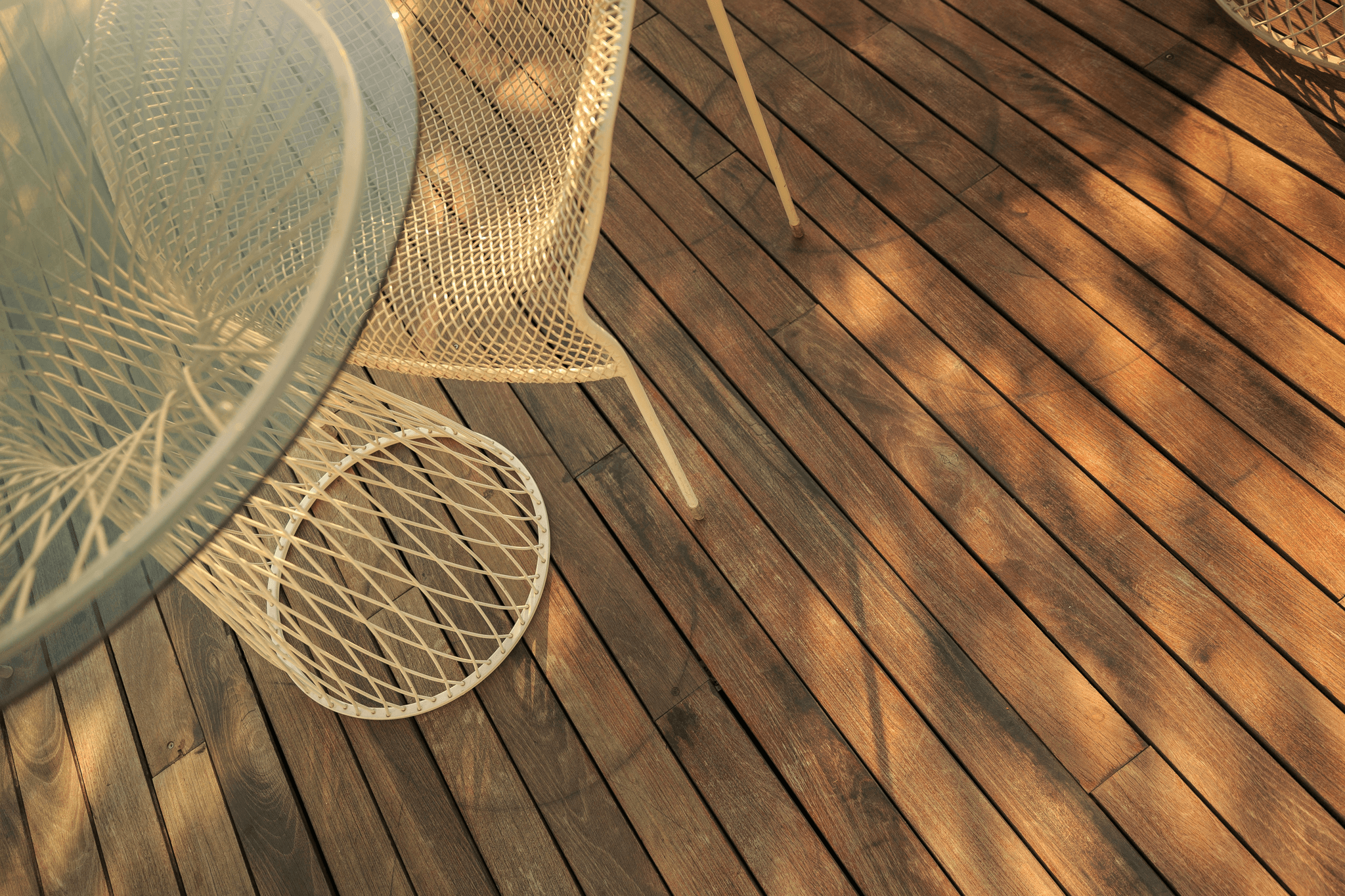
Choosing the right decking width can significantly enhance your garden's aesthetic and functional appeal. Whether you lean towards the sleek look of 90mm vs 140mm decking or opt for the durability of composite decking boards, understanding how these choices impact your outdoor space is crucial. Ultimately, striking a balance between style and practicality will lead to a more enjoyable garden experience.
Key Takeaways on Decking Width
Wider boards tend to create a more spacious feel, making them ideal for larger gardens, while narrower boards can add charm and intimacy to smaller spaces. Remember that the choice between treated wood for a deck or composite decking boards also plays a vital role in achieving the desired look and longevity.
Finding the Right Decking for Your Style
Your personal style should guide your decision when selecting between different types of decking wood or composite materials. If you prefer a modern touch with minimal maintenance, opting for composite decking might be your best bet; however, if you're drawn to traditional aesthetics, treated wood could be more appealing. Whichever option you choose, ensure that it complements your overall garden design while providing functionality and comfort.
Transforming Your Garden with Proven Decking Solutions
Investing in quality decking solutions can dramatically elevate your garden's atmosphere and usability. Whether you decide on wide boards deck configurations or narrower options tailored for cozy seating areas, the right choice will enhance both visual appeal and practicality. With careful consideration of materials like composite decking or treated wood for a deck, you can create an inviting outdoor space that suits all occasions.
